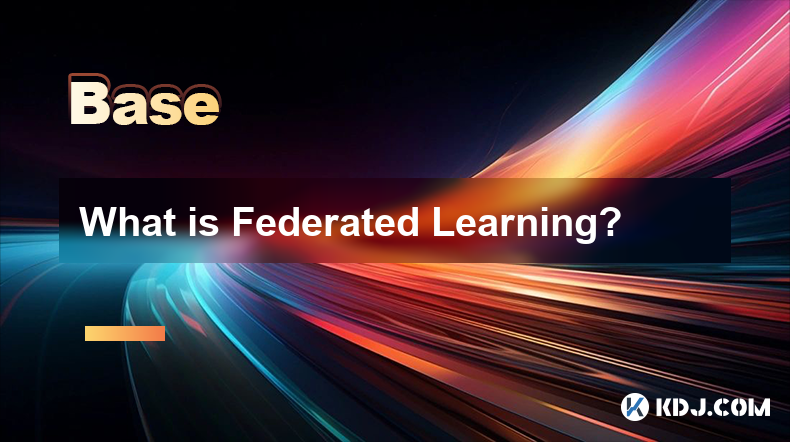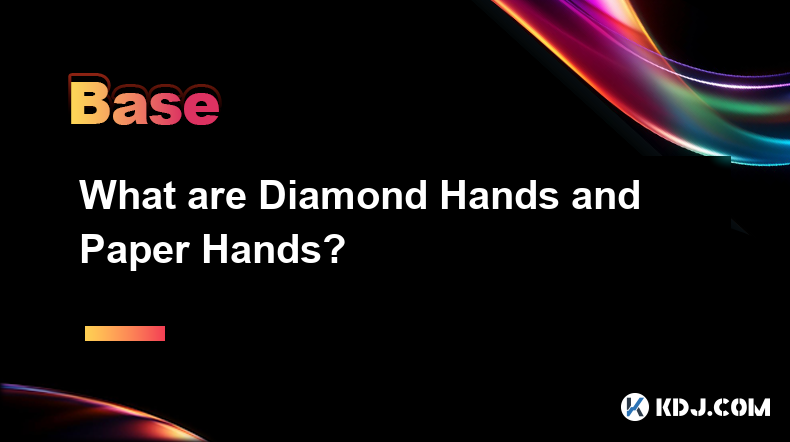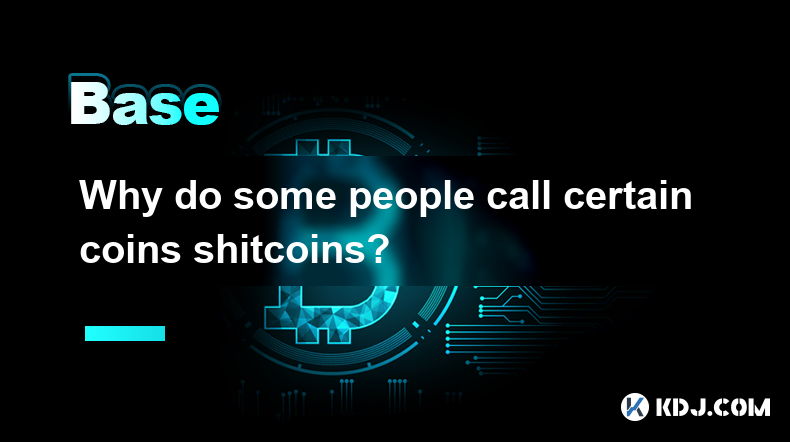-
 Bitcoin
Bitcoin $83,761.5162
-0.79% -
 Ethereum
Ethereum $1,560.7768
-3.36% -
 Tether USDt
Tether USDt $0.9999
0.00% -
 XRP
XRP $2.0759
-1.95% -
 BNB
BNB $581.4168
-0.36% -
 Solana
Solana $127.0879
-0.76% -
 USDC
USDC $0.9999
-0.01% -
 TRON
TRON $0.2514
0.39% -
 Dogecoin
Dogecoin $0.1530
-1.63% -
 Cardano
Cardano $0.6047
-2.55% -
 UNUS SED LEO
UNUS SED LEO $9.4090
0.50% -
 Chainlink
Chainlink $12.1339
-1.88% -
 Avalanche
Avalanche $18.7533
-3.95% -
 Stellar
Stellar $0.2341
-1.77% -
 Toncoin
Toncoin $2.8633
-2.76% -
 Shiba Inu
Shiba Inu $0.0...01164
-1.57% -
 Sui
Sui $2.0688
-2.49% -
 Hedera
Hedera $0.1558
-2.40% -
 Bitcoin Cash
Bitcoin Cash $317.7189
-2.09% -
 Litecoin
Litecoin $74.4413
-1.09% -
 Polkadot
Polkadot $3.5267
-1.73% -
 Dai
Dai $1.0001
0.01% -
 Hyperliquid
Hyperliquid $15.5553
1.26% -
 Bitget Token
Bitget Token $4.3098
0.23% -
 Ethena USDe
Ethena USDe $0.9993
0.02% -
 Pi
Pi $0.5992
-10.38% -
 Monero
Monero $216.3755
0.29% -
 Uniswap
Uniswap $5.0904
-3.03% -
 OKB
OKB $51.4466
0.63% -
 Pepe
Pepe $0.0...07118
1.06%
What is Federated Learning?
Federated Learning enhances crypto privacy and efficiency by training models collaboratively without sharing data, improving fraud detection and blockchain performance.
Apr 07, 2025 at 11:28 pm

Federated Learning is a machine learning approach that enables multiple parties to collaboratively train a model without sharing their data. This method is particularly relevant in the cryptocurrency circle, where privacy and data security are paramount. In the context of cryptocurrencies, Federated Learning can be used to enhance the security and efficiency of blockchain networks, improve fraud detection systems, and develop more accurate predictive models for market trends.
How Federated Learning Works
Federated Learning operates by distributing the model training process across multiple devices or servers. Instead of centralizing the data, each participant trains the model on their local data and only shares the model updates with a central server. This server aggregates these updates to improve the global model, which is then redistributed to the participants for further training. This cycle continues until the model reaches the desired performance level.
In the cryptocurrency ecosystem, Federated Learning can be applied to enhance the privacy of transactions. For instance, multiple cryptocurrency exchanges can collaborate to train a fraud detection model without sharing sensitive transaction data. Each exchange trains the model on its local data and sends only the model updates to a central server, ensuring that individual transaction details remain confidential.
Benefits of Federated Learning in Cryptocurrency
One of the primary benefits of Federated Learning in the cryptocurrency space is enhanced privacy. Since data does not need to be centralized, participants can maintain control over their sensitive information. This is crucial for cryptocurrency users who value anonymity and data security.
Another significant advantage is the potential for improved model accuracy. By leveraging data from multiple sources, Federated Learning can create more robust and accurate models. For example, a predictive model for cryptocurrency price movements can benefit from the diverse data sets of different exchanges, leading to more reliable predictions.
Additionally, Federated Learning can reduce the computational burden on individual participants. Since the training process is distributed, each participant only needs to handle a fraction of the total workload. This can be particularly beneficial for smaller cryptocurrency projects that may not have the resources to train large models independently.
Applications of Federated Learning in Cryptocurrency
Federated Learning has several practical applications within the cryptocurrency ecosystem. One of the most promising is in the realm of fraud detection. Cryptocurrency exchanges can use Federated Learning to train models that identify suspicious transactions without compromising user privacy. By collaborating, exchanges can create a more comprehensive and effective fraud detection system.
Another application is in the optimization of blockchain networks. Federated Learning can be used to develop models that predict and mitigate network congestion, improving the overall efficiency of transactions. This can lead to faster transaction times and lower fees, enhancing the user experience on blockchain platforms.
Furthermore, Federated Learning can be applied to enhance the security of cryptocurrency wallets. By training models on diverse data sets from different wallets, it is possible to develop more effective anomaly detection systems that can identify and prevent unauthorized access attempts.
Challenges and Considerations
Despite its potential, Federated Learning faces several challenges in the cryptocurrency space. One of the main issues is the heterogeneity of data across different participants. Cryptocurrency exchanges, for example, may have varying data formats and quality, which can complicate the aggregation of model updates.
Another challenge is the potential for model poisoning attacks. Malicious participants could send corrupted model updates to the central server, compromising the integrity of the global model. To mitigate this risk, robust security measures and validation protocols are essential.
Additionally, the coordination of multiple participants can be complex. Ensuring that all parties adhere to the training protocol and contribute their updates in a timely manner requires effective communication and governance structures.
Implementing Federated Learning in Cryptocurrency Projects
To implement Federated Learning in a cryptocurrency project, several steps need to be followed:
- Define the Objective: Clearly outline the goal of the Federated Learning initiative, whether it is to improve fraud detection, optimize blockchain performance, or enhance wallet security.
- Select Participants: Identify and recruit participants who will contribute their data to the training process. This could include cryptocurrency exchanges, wallet providers, or other relevant stakeholders.
- Establish a Central Server: Set up a central server that will aggregate model updates from participants and distribute the updated global model.
- Develop the Model: Create the initial model architecture that will be used for training. This model should be designed to address the specific objective of the project.
- Implement Training Protocol: Define the protocol for how participants will train the model on their local data and send updates to the central server. This should include guidelines on data preprocessing, model training, and update submission.
- Secure the System: Implement security measures to protect against model poisoning attacks and ensure the integrity of the training process. This may include validation protocols and encryption techniques.
- Monitor and Iterate: Continuously monitor the performance of the model and iterate on the training process as needed. This may involve adjusting the model architecture, refining the training protocol, or recruiting additional participants.
Frequently Asked Questions
Q: Can Federated Learning be used to improve the scalability of blockchain networks?
A: Yes, Federated Learning can contribute to the scalability of blockchain networks by optimizing transaction processing and reducing network congestion. By training models that predict and mitigate congestion, Federated Learning can help improve the efficiency of blockchain transactions.
Q: How does Federated Learning ensure the privacy of cryptocurrency users?
A: Federated Learning ensures user privacy by allowing participants to train models on their local data without sharing it with others. Only model updates are sent to a central server, which aggregates them to improve the global model. This approach keeps sensitive data confidential while still enabling collaborative model training.
Q: What are the potential risks of using Federated Learning in cryptocurrency projects?
A: The main risks include data heterogeneity, which can complicate model aggregation, and the potential for model poisoning attacks, where malicious participants send corrupted updates. Effective security measures and validation protocols are necessary to mitigate these risks.
Q: How can smaller cryptocurrency projects benefit from Federated Learning?
A: Smaller cryptocurrency projects can benefit from Federated Learning by distributing the computational workload across multiple participants. This allows them to train more robust models without the need for extensive resources, enhancing their ability to compete with larger projects.
Disclaimer:info@kdj.com
The information provided is not trading advice. kdj.com does not assume any responsibility for any investments made based on the information provided in this article. Cryptocurrencies are highly volatile and it is highly recommended that you invest with caution after thorough research!
If you believe that the content used on this website infringes your copyright, please contact us immediately (info@kdj.com) and we will delete it promptly.
- Russia Might Enter the Stablecoin Market After Wallets Connected to Russian Users and Holding USDT Were Frozen Last Month
- 2025-04-17 03:35:19
- XRP continues to act as an interest of traders with its price trapped in a falling wedge formation.
- 2025-04-17 03:35:19
- Ethereum Whales Dump $1.8B in ETH as Price Stalls
- 2025-04-17 03:30:15
- Dexsport, BetDEX, Bitsler, Coins.Game, and Chips.gg Are Revolutionizing the Online Gambling Landscape
- 2025-04-17 03:30:15
- title: Welcome to The Protocol, CoinDesk's weekly wrap-up of the most important stories in cryptocurrency tech development.
- 2025-04-17 03:30:13
- Bitcoin (BTC) Rally Stalled by Jerome Powell's Warning on Trump Tariffs
- 2025-04-17 03:30:13
Related knowledge

What does Floor Price mean in the NFT market
Apr 17,2025 at 12:42am
The term Floor Price is a critical concept within the NFT (Non-Fungible Token) market, serving as a key indicator for both buyers and sellers. In essence, the floor price represents the lowest price at which an NFT from a particular collection is currently listed for sale on a marketplace. This price point is crucial for understanding the perceived valu...

What is Alpha? How to find Alpha opportunities?
Apr 16,2025 at 12:42pm
What is Alpha?Alpha is a term widely used in the financial world, including the cryptocurrency market, to describe the ability of an investment to outperform a benchmark. In the context of cryptocurrencies, alpha refers to the excess return an investor achieves over the market's average return. For example, if the overall crypto market grows by 10% in a...

Why do cryptocurrency enthusiasts like to say GM?
Apr 16,2025 at 06:21am
In the world of cryptocurrency, the term 'GM' has become a popular greeting among enthusiasts. GM stands for 'Good Morning,' and its widespread use within the crypto community has a deeper significance than just a simple greeting. This article delves into the reasons why cryptocurrency enthusiasts like to say GM, exploring its origins, cultural signific...

What do WAGMI and NGMI mean?
Apr 16,2025 at 08:08pm
In the world of cryptocurrency, you might often come across the acronyms WAGMI and NGMI. These terms have become part of the crypto slang and are frequently used in discussions, tweets, and forums related to digital currencies. Let's delve into what these terms mean, their origins, and how they are used within the crypto community. Understanding WAGMIWA...

What are Diamond Hands and Paper Hands?
Apr 16,2025 at 10:42am
In the world of cryptocurrencies, the terms Diamond Hands and Paper Hands are frequently used to describe the behavior and mindset of investors, particularly in volatile markets. These terms originated from online communities and have become a significant part of the crypto lexicon, often used to describe the level of resilience and commitment an invest...

Why do some people call certain coins shitcoins?
Apr 17,2025 at 03:21am
Understanding the Term 'Shitcoin'The term 'shitcoin' is a colloquialism within the cryptocurrency community that is used to describe cryptocurrencies that are perceived as having little to no value or potential. It is a derogatory term, often used to express disdain or skepticism about the viability of certain digital assets. The use of 'shitcoin' is su...

What does Floor Price mean in the NFT market
Apr 17,2025 at 12:42am
The term Floor Price is a critical concept within the NFT (Non-Fungible Token) market, serving as a key indicator for both buyers and sellers. In essence, the floor price represents the lowest price at which an NFT from a particular collection is currently listed for sale on a marketplace. This price point is crucial for understanding the perceived valu...

What is Alpha? How to find Alpha opportunities?
Apr 16,2025 at 12:42pm
What is Alpha?Alpha is a term widely used in the financial world, including the cryptocurrency market, to describe the ability of an investment to outperform a benchmark. In the context of cryptocurrencies, alpha refers to the excess return an investor achieves over the market's average return. For example, if the overall crypto market grows by 10% in a...

Why do cryptocurrency enthusiasts like to say GM?
Apr 16,2025 at 06:21am
In the world of cryptocurrency, the term 'GM' has become a popular greeting among enthusiasts. GM stands for 'Good Morning,' and its widespread use within the crypto community has a deeper significance than just a simple greeting. This article delves into the reasons why cryptocurrency enthusiasts like to say GM, exploring its origins, cultural signific...

What do WAGMI and NGMI mean?
Apr 16,2025 at 08:08pm
In the world of cryptocurrency, you might often come across the acronyms WAGMI and NGMI. These terms have become part of the crypto slang and are frequently used in discussions, tweets, and forums related to digital currencies. Let's delve into what these terms mean, their origins, and how they are used within the crypto community. Understanding WAGMIWA...

What are Diamond Hands and Paper Hands?
Apr 16,2025 at 10:42am
In the world of cryptocurrencies, the terms Diamond Hands and Paper Hands are frequently used to describe the behavior and mindset of investors, particularly in volatile markets. These terms originated from online communities and have become a significant part of the crypto lexicon, often used to describe the level of resilience and commitment an invest...

Why do some people call certain coins shitcoins?
Apr 17,2025 at 03:21am
Understanding the Term 'Shitcoin'The term 'shitcoin' is a colloquialism within the cryptocurrency community that is used to describe cryptocurrencies that are perceived as having little to no value or potential. It is a derogatory term, often used to express disdain or skepticism about the viability of certain digital assets. The use of 'shitcoin' is su...
See all articles























































































